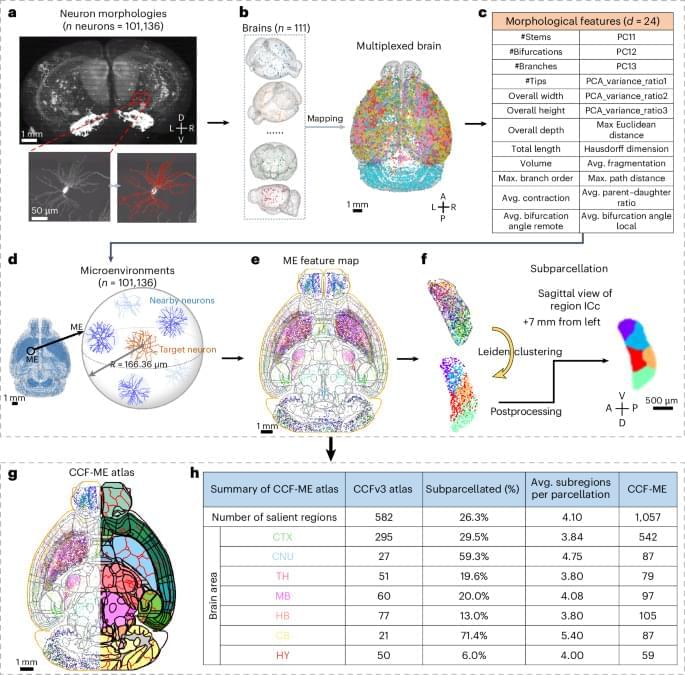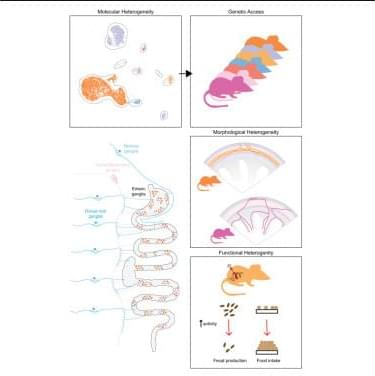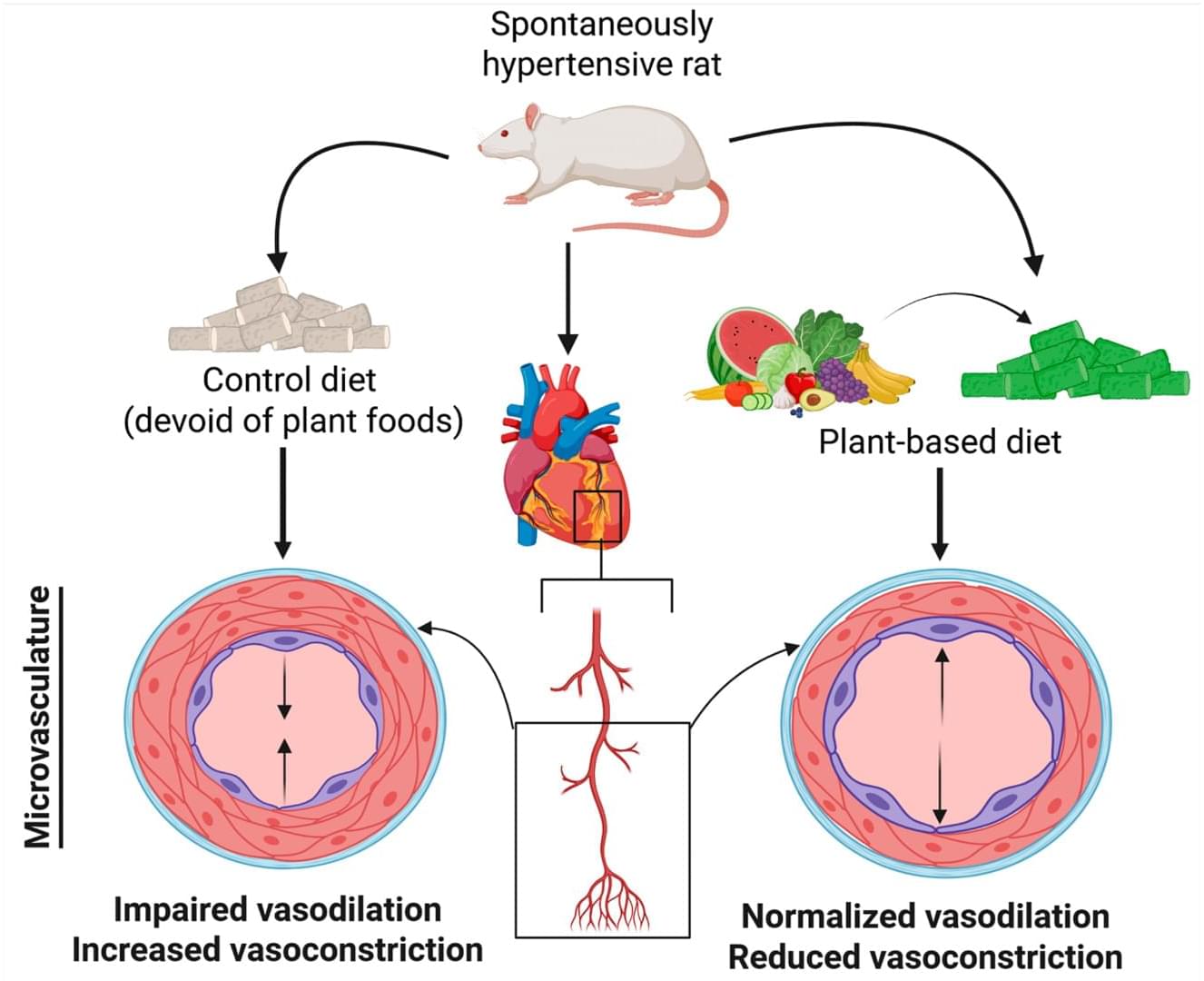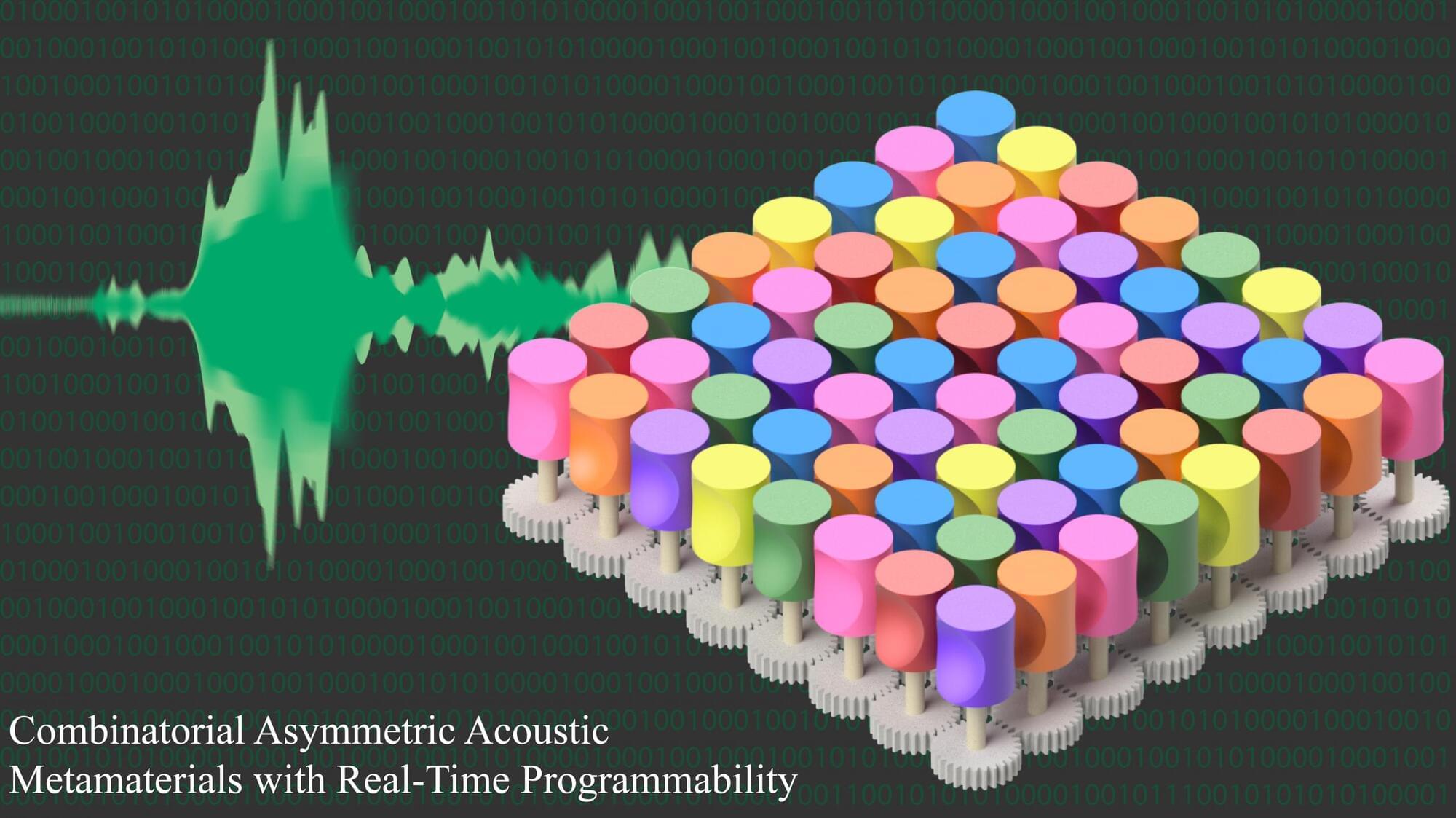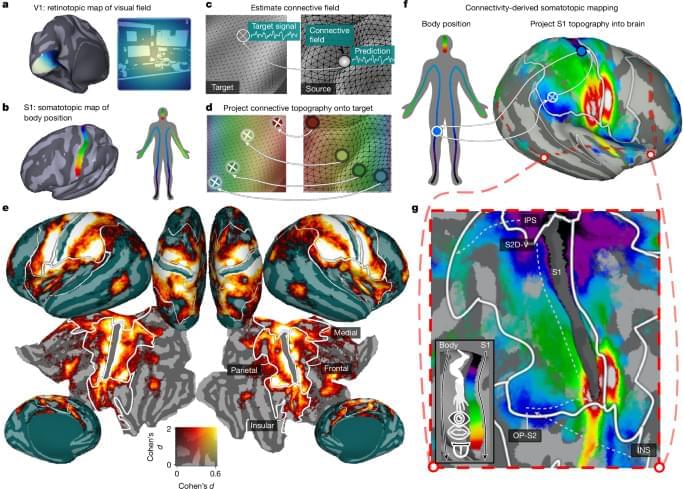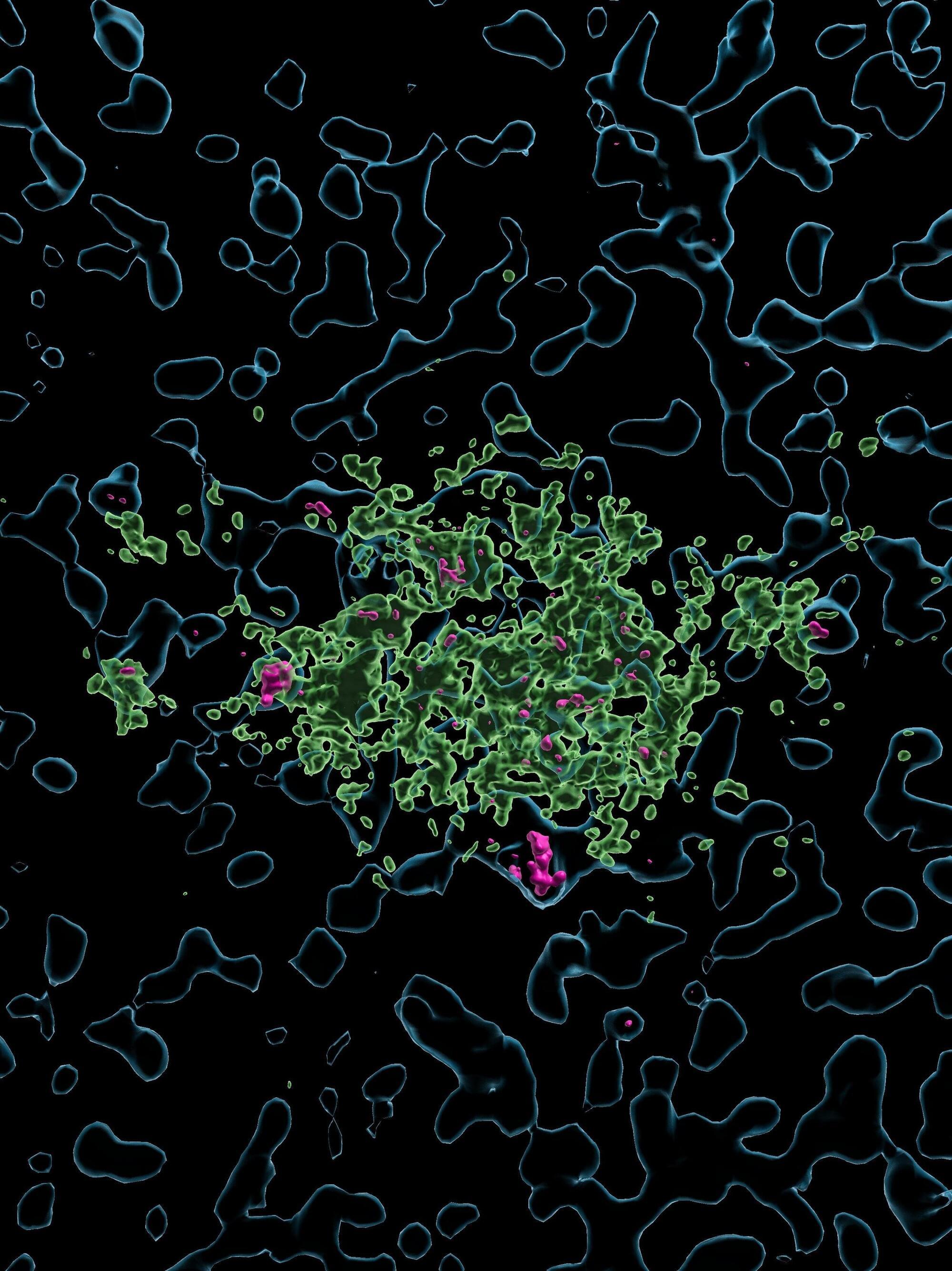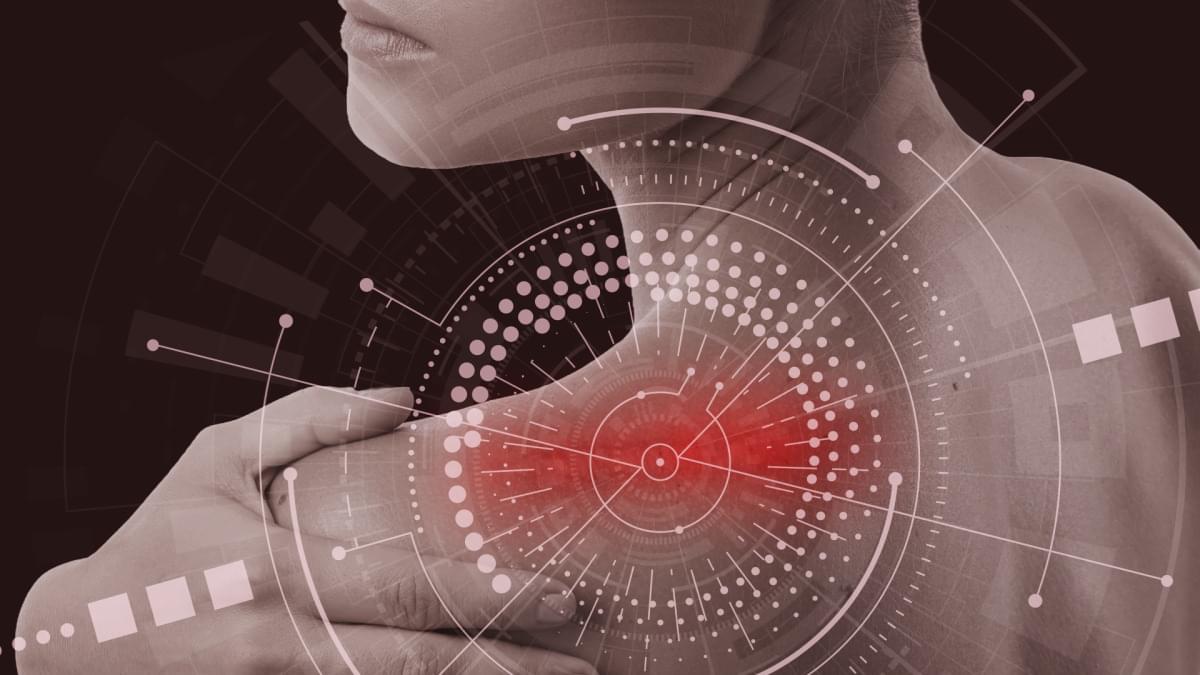In this episode of The Quantum Spin by HKA, host Veronica Combs discusses the intersections of quantum technology and cybersecurity with Chuck Brooks, an adjunct professor at Georgetown University and the president of Brooks Consulting International. Chuck discusses how the evolution of technology, particularly AI and quantum computing, has dramatically transformed cybersecurity. The conversation also touches on the role of CISOs, the integration of new technologies, and the importance of ongoing education and adaptation in the face of rapidly changing technologies.
00:00 Introduction to Quantum Spin Podcast 00:34 Guest Introduction: Chuck Brooks 00:46 Chuck Brooks’ Career Journey 02:09 Evolution of Cybersecurity 02:47 Challenges for CISOs 04:27 Quantum Computing and Cybersecurity 07:43 Future of Quantum and AI 10:51 Disruptive Technologies in Organizations 15:15 AI in Academia and Professional Use 17:06 Effective Communication on LinkedIn 18:23 Conclusion and Podcast Information.
Chuck Brooks serves as President of Brooks Consulting International with over 25 years of experience in cybersecurity, emerging technologies, marketing, business development, and government relations. He also is an Adjunct Professor at Georgetown University in the Cyber Risk Management Program, where he teaches graduate courses on risk management, homeland security, and cybersecurity.
